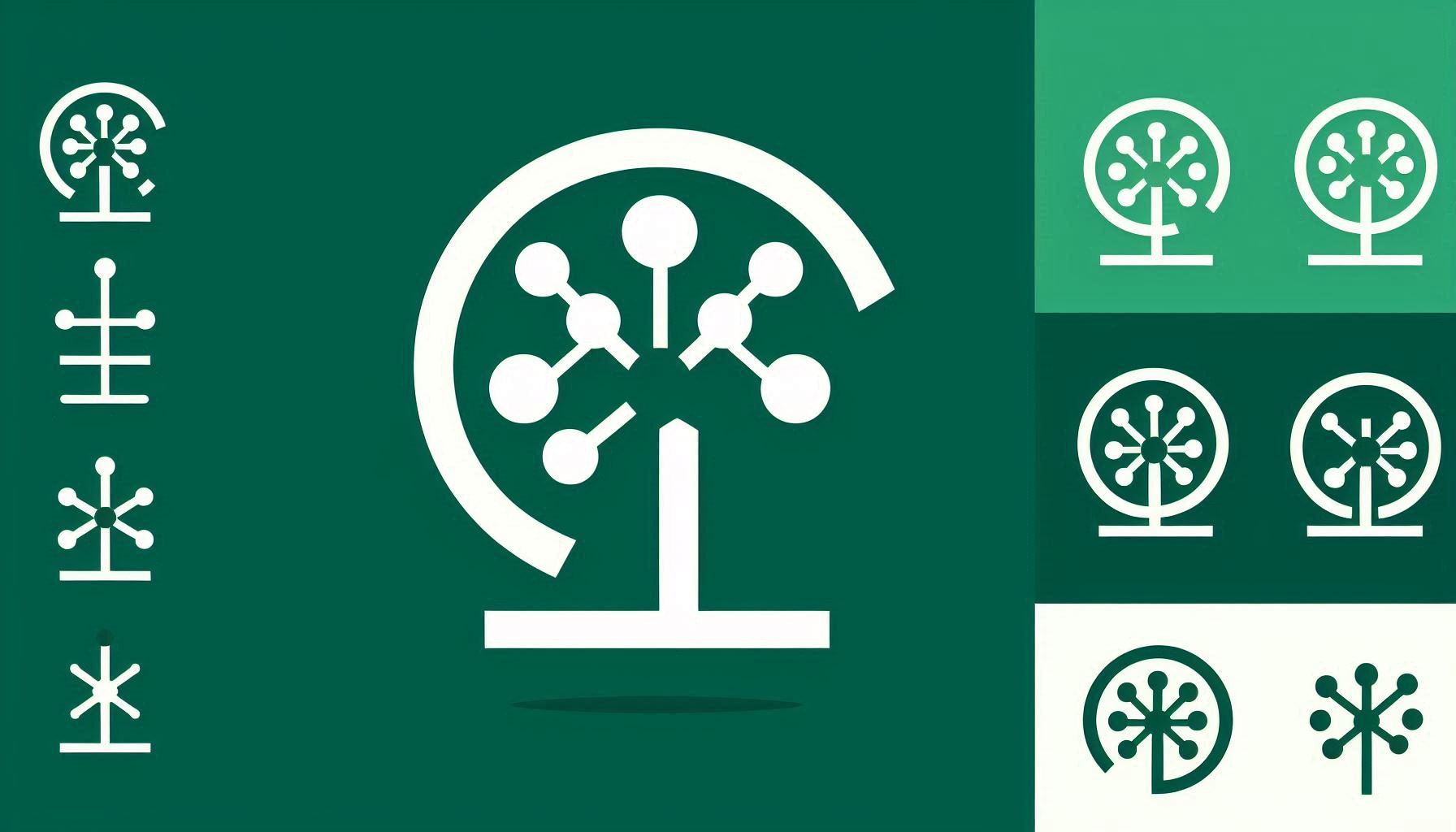Assessment and Relationship of Work Ability and the Level of Physical Activity Among Professional Bus Drivers

Downloads
Numerous studies have shown that city bus drivers suffer from three key categories of health disorders: cardiovascular diseases, gastrointestinal disorders and musculoskeletal system issues, affecting the individual’s ability to work. The aim of this research was to assess the working ability of bus drivers and to determine the connection between the level of physical activity and the work ability in professional bus drivers. The study protocol included an assessment of participants’ work ability using the Work Ability Index (WAI) Questionnaire on a sample of 115 bus drivers. A statistical analysis was performed using the SAS System software package (SAS Institute Inc., North Carolina, USA). The questionnaire for determining the work ability index indicated good or excellent work ability in 78 (67.8%) of bus drivers. Moderate work ability that needed to be improved was recorded in 27 (23.5%) of drivers, and poor work ability that needed to be restored in 10 (8.7%). The results of the regression analysis show that increasing the average number of steps per day by a 1,000 increases the WAI score by 0.8. The obtained data should serve as an important argument for the design of future public health and kinesiology interventions to improve the work ability in professional bus drivers.
Downloads
Backman AL. Health survey of professional drivers. Scandinavian Journal of Work, Environment & Health. 1983;9(1):30-35. DOI: 10.5271/sjweh.2449.
Grace PYS, Peggo L. Work-related musculoskeletal disorders in urban bus drivers of Hong Kong. Journal of Occupational Rehabilitation. 2007; 7(2):181-98. DOI: 10.1007/s10926-007-9070-7.
Gould R, Ilmarinen J, Jarvisalo J, Koskinen S. Dimensions of work ability. Results of the Health 2000 Survey. Helsinki; 2008.
Seibt R, Spitzer S, Blank M, Scheuch K. Predictors of work ability in occupations with psychological stress. Journal of Public Health. 2009;17(1):9-18. DOI: 10.1007/s10389-008-0194-9.
Tengland P. The concept of work ability. Journal of Occupational Rehabilitation. 2011;21(2):275-285. DOI: 10.1007/s10926-010-9269-x.
Alavinia SM, et al. Impact of work-related factors, lifestyle, and work ability on sickness absence among Dutch construction workers. Scandinavian Journal of Work, Environment & Health. 2009;35(5):325-33. DOI: 10.5271/sjweh.1340.
Ilmarinen J. Work ability – A comprehensive concept for occupational health research and prevention. Scandinavian Journal of Work, Environment & Health. 2009;35(1):1-5. DOI: 10.5271/sjweh.1304.
Warburton DE, Nicol CW, Bredin SS. Health benefits of physical activity: The evidence. CMAJ. 2006;174(6):801-809. DOI: 10.1503/cmaj.051351.
Lear SA, et al. The effect of physical activity on mortality and cardiovascular disease in 130 000 people from 17 high-income, middle-income, and low-income countries: The PURE study. The Lancet. 2017;390(10113):2643-2654. DOI: 10.1016/S0140-6736(17)31634-3.
Holtermann A, et al. Self-reported occupational physical activity and cardiorespiratory fitness: Importance for cardiovascular disease and all-cause mortality. Scandinavian Journal of Work, Environment & Health. 2016;42(4):291-298. DOI: 10.5271/sjweh.3563.
Mänty M, et al. Changes in working conditions and physical health functioning among midlife and ageing employees. Scandinavian Journal of Work, Environment & Health. 2015;41(6):511-51. DOI: 10.5271/sjweh.3521.
Søgaard K, Sjøgaard G. Physical activity as cause and cure of muscular pain: Evidence of underlying mechanisms. Exercise and Sport Sciences Reviews. 2017;45(3):136-145. DOI: 10.1249/JES.0000000000000112.
Van den Berg TI, Elders LA, de Zwart BC, Burdorf A. The effects of work-related and individual factors on the work ability index: A systematic review. Occupational and Environmental Medicine. 2008;66(4):211-220. DOI: 10.1136/oem.2008.039883.
Calatayud J, et al. Dose-response association between leisure time physical activity and work ability: Crosssectional study among 3000 workers. Scandinavian Journal of Public Health. 2015;43(8):819-824. DOI: 10.1177/1403494815600312.
Hildebrandt, VH, Bongers, PM, Dul, FJ, Kemper HC. The relationship between leisure time, physical activities and musculoskeletal symptoms and disability in worker populations. International Archives of Occupational and Environmental Health. 2000;73(8):507-18. DOI: 10.1007/s004200000167.
Pan American Health Organisation. Health in Americas. Scientific and Technical Publication No. 587, Vol. 1. 2002. https://www.paho.org/salud-en-las-americas-2012/dmdocuments/health-americas-2002-vol-1.pdf.
Tudor-Locke C, et al. How many steps/day are enough? For adults. International Journal of Behavioral Nutrition and Physical Activity. 2011;79(8). DOI: 10.1186/1479-5868-8-79.
Mavrin Jeličić, M. Relationship of physical activity, sitting and non-ergonomic working conditions with health level of musculoskeletal system in professional bus drivers [Povezanost tjelesne aktivnosti, sjedenja i neergonomskih radnih uvjeta s razinom zdravlja mišićno-koštanog sustava u profesionalnih vozača autobusa]. PhD thesis. Faculty of Kinesiology, University of Zagreb; 2021.
Bethge M, Gutenbrunner C, Neuderth S. Work Ability Index predicts application for disability pension after work-related medical rehabilitation for chronic back pain. Archives of Physical Medicine and Rehabilitation. 2013;94(11):2262-2268. DOI: 10.1016/j.apmr.2013.05.003.
Rypicz Ł, Witczak I, Rosińczuk J, Karniej P, Kołcz A. Factors affecting work ability index among Polish nurses working in hospitals - A prospective observational survey. J Nurs Manag. 2021;29(3):468-476. DOI: 10.1111/jonm.13192.
Sakia RM. The Box-Cox transformation technique: A review. The Statistician. 1992;41:169-178. DOI: 10.2307/2348250.
Copyright (c) 2023 Martina Mavrin Jeličić Mavrin, Tomislav Josip Mlinarić, Pawel Zajac

This work is licensed under a Creative Commons Attribution-NonCommercial 4.0 International License.




















